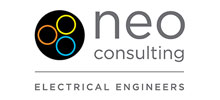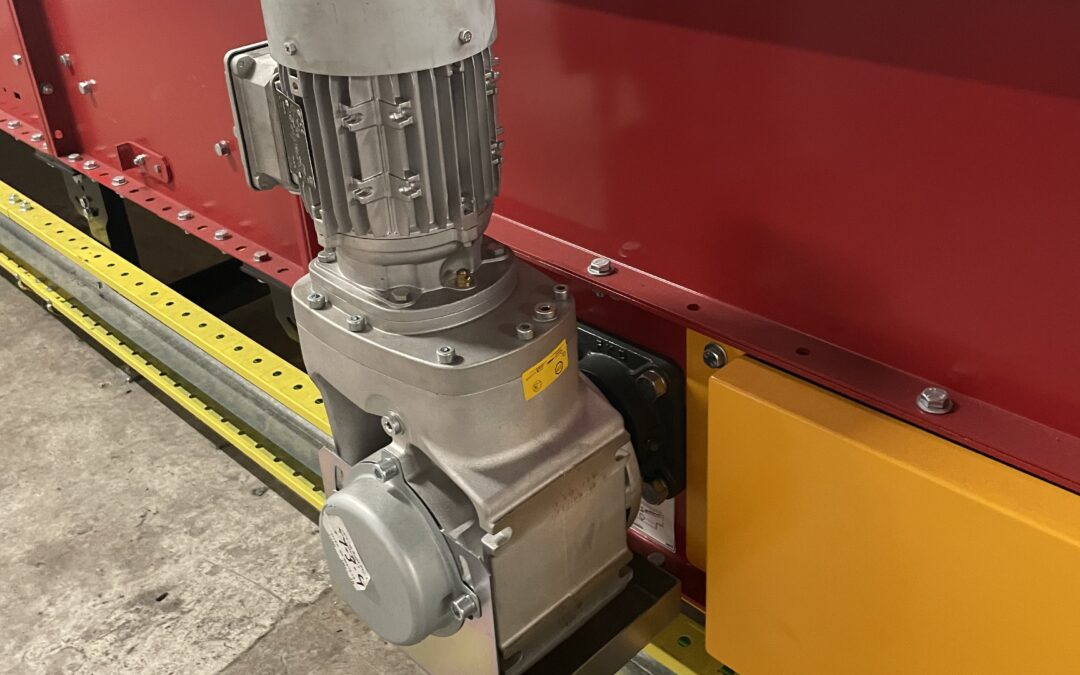Globally there is a push to improve energy efficiency and ultimately reduce carbon emissions. One approach is to move towards higher efficiency motors, either through legislation or incentives. At Neo we have undertaken several projects where the use of high efficiency motors was reviewed. We thought we would share some of the key considerations.
So, to start off…
What is a high-efficiency motor?
Broadly speaking, a high-efficiency motor is a motor that uses less energy than other motors to undertake the same function. This is achieved through advancements in construction and technology. For example, one of the technological improvements which is becoming commonplace throughout the world is the use of permanent magnet motors. These motors use a permanent magnet within the construction of the rotor which interfaces with the induced magnetic field. They therefore provide better efficiency than their traditional wire wound squirrel cage induction counterparts.
There are two primary bodies that define motor efficiency standards NEMA and IEC. Both of these bodies separate motors into different efficiency classes based on minimum efficiency values for each motor kW rating. For the purposes of this article, we will use IEC as a reference.
Using the IEC motor efficiency chart in Figure 1, it is shown that significant efficiency gains can be obtained when using high efficient motors for less than 10 kW. Therefore, in industries which use a large number of smaller motors such as a conveyor system, there are significant savings which can be obtained by using higher efficiency motors.
So is New Zealand doing what the rest of the world is doing?
Not really. New Zealand’s current minimum motor efficiency is similar to IE2. Europe introduced legislation in 2021 which raised the minimum efficiency rating for all motors between 0.75kW and 1000kW to IE3. Europe will introduce further requirements in July 2023, this will change the minimum motor efficiency for 75kW-200kW motors to be IE4.
But don’t high-efficiency motors cost more?
Yes, the upfront capex cost of a high-efficiency motor is more than its low-efficiency counterpart, approximately in the order of 10%-20%. However, depending on the application, the cost can be offset by the operational savings from lower power consumption and increased efficiencies at partial loading. For some installations Neo has recently worked on, the payback period has been as low as 3 years.
We typically encounter the motor efficiency decision during the specification and procurement phases of a project. For a typical 4kW motor, an IE2 would be 86% efficient, and an IE4 would be 91% efficient. Assuming an electricity cost of 0.15c/kWh and the motor is running for two shifts (16hrs) a day, all year around, buying an IE4 motor instead of an IE2 motor will provide a net cost saving of $224 per year. The cost difference between an IE2 and IE4 motor is approximately $307. Therefore, this cost will be recovered by energy savings alone in under two years.
Another consideration for motors selection, in addition to purely the financial one, is the carbon footprint of the energy the motor is using. In NZ we are lucky, most of our energy is generated via renewable means. However, this does not mean we should just waste energy because of its low carbon footprint. Using higher efficiency motors will still lower the overall load placed on the national electrical infrastructure. This means the capacity of existing infrastructure assets can be extended and the requirement for building expensive new generating plants or upgrading transmission systems could be deferred.
Should just buy a high-efficiency motor all the time?
Like everything in engineering, it depends. Many factors come into play when selecting a motor and all of them need to be taken into account. These include:
- – Frequency of operation
- – Capital cost
- – Energy costs
- – Availability of supply and spare parts>
- – Technical competency of local maintenance staff
- – For retrofit applications, matching existing mounting and connection points
At Neo, we believe the goal should be to raise awareness of modern technology, as such the use of high-efficiency motors should be reviewed for all projects. Clients may be surprised how fast the payback periods can be compared to the life of the motor. This ultimately could mean added long term savings for the client and the planet.
Matthew Leahy
Electrical Engineer
Matthew.leahy@neoconsulting.co.nz





















